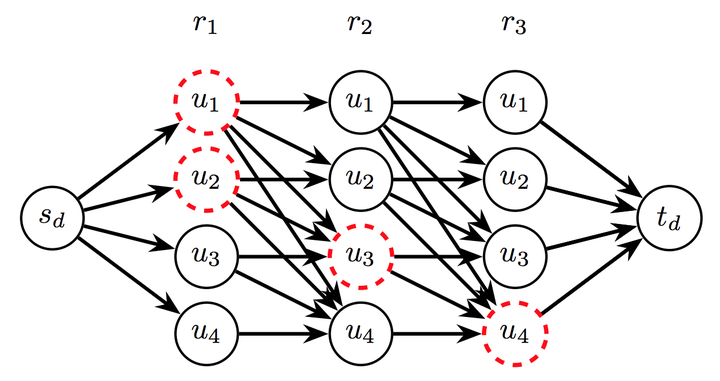Virtualized Software Defined Networks

Software-defined networking (SDN) has been attracting a growing attention in the networking research community in recent years. SDN is a new networking paradigm that decouples the control plane from the data plane. It provides a flexibility to develop and test new network protocols and policies in real networks, see e.g. the experiment of Google for its inter-datacenter network. Network Function Virtualization (NFV) is an emerging approach in which network functions are no longer executed by proprietary software appliances but instead, can run on generic-purpose servers located in small cloud nodes. Examples of network functions include firewalls, load balancing, content filtering, and deep packet inspection. This technology aims at dealing with the major problems of today’s enterprise middlebox infrastructure, such as cost, capacity rigidity, management complexity, and failures. One of the main advantages of this approach is that Virtual Network Functions (VNFs) can be instantiated and scaled on demand without the need of installing new equipment. These new technologies bear the promise of important cost savings and of new possibilities but introduces new complex problems, which need to be addressed. In particular, how to carry out efficient (dynamic) resource allocations of both paths and virtualized resources?